
First week of a shutdown, a stockpile swelled after rain, and the loader queue blew out. We didn’t chase a rush purchase; we hired a compact stacker and nudged throughput without adding headcount. That moment sums up the case for rubber belt conveyors on short-term jobs: pick a belt that suits the window, not a forever machine that eats capex and floor space. Keep the footprint tidy, the setup simple, and the flow consistent. When the job wraps, the site breathes again—no surplus kit sulking in the corner, and no spreadsheets mourning depreciation.
Why belt hire makes short work of bottlenecks
Short-term projects don’t need lifetime solutions; they need speed, predictability, and low friction. Hire turns heavy material handling into plug-and-play.
Rapid mobilising: Modular frames and standard plug connections trim install hours without cutting corners.
Right-sized capacity: Matching belt width and speed to the real feed avoids energy waste and spill dramas.
Deploy, then disappear: When the surge is over, off-hire cleans the yard and the balance sheet in one move.
Less admin drag: Hire agreements bundle delivery, pickup, and basic servicing so crews can stay on-task.
I’ve watched a weekend maintenance window flip from “manual shovels and sore shoulders” to “belt on, belt off” with a single booking. The trick isn’t heroics; it’s choosing kit that fits the constraint, then getting out of your own way.
Safety and manual handling, without the headaches
A tidy belt flow slashes the lift–push–pull grind and the near misses that come with it, especially when teams are racing a deadline.
Clear loading zones: Stagger chutes and barriers so nobody steps into swing or pinch points during feeding.
Manual task reduction: Use feeders and hoppers to replace repeated bucket lifts and awkward twisting.
Guarding that behaves: Fixed and interlocked guards stay put under vibration and don’t require three hands to close.
Training that sticks: Short toolbox talks, live demos, and visual tags keep procedures front-of-mind.
Guidance around safer tasks linked to conveyor systems helps teams trim risk without drowning in paperwork; the point is fewer risky lifts and smoother hand-offs.
Picking the right belt for the job at hand
Not every belt loves every material. Match the belt to the feed, throw distance, and site constraints, then watch the queue disappear.
Material behaviour: Damp fines ride differently from sharp aggregate; choose profiles and skirting to suit.
Incline and run: Motor kilowatts, drum lagging, and take-up style need to match the incline and duty hours.
Footprint reality: Keep turning circles and loader access in mind; a tidy layout beats theoretical peak tph.
Service contact: Ensure spares and emergency support exist before the weekend starts, not after.
Suppose you’re weighing two similar setups, lean on uptime and maintenance rhythm. Looking for information on durable conveyor belt is handy when you’re choosing cover grades, carcass types, and splice approaches that can survive real-life abuse.
What to budget beyond the day rate
The cheapest day rate can become the most expensive week if you ignore the support costs that follow dirty material from hopper to stockpile.
Power and plugs: Confirm amperage, phase, and cord lengths so crews aren’t daisy-chaining leads.
Wear parts reality: Skirting, scrapers, and rollers take hits first; book spares with the hire and sleep better.
Housekeeping time: Plan broom, vac, or scraper intervals so spilled fines don’t choke the return run.
Back-to-back jobs: If the belt will hop sites, negotiate relocations upfront and avoid surprise fees.
For surge work, a quick primer on conveyor belt hire helps frame the conversation with finance and safety at the same time—less lift-and-carry, steadier cycle times, and fewer overtime blowouts.
Keeping the belt sweet when every hour counts
On short bursts, little habits pay back fast. A quiet belt is rarely an accident; it’s a series of tidy choices repeated by everyone on shift.
Clean entry points: Keep hoppers topped and centred so lumps don’t bite skirting or wander off-track.
Track with patience: Tiny idler nudges beat big swings; chase the cause, not the symptom at the tail drum.
Listen for change: Squeals, thumps, or new rub marks are early warnings—pause and fix before it snowballs.
Log the tweaks: A whiteboard near the feed tells the next crew what was moved, tightened, or replaced.
On a shutdown in late autumn, we chalked a simple rule: no “just for now” fixes. Each micro-adjustment was logged with a photo. By Sunday, the belt still ran the centre line, and nobody was fishing tools from the spill zone.
Field notes from recent quick wins
Two short-term jobs stick with me. The first was a landscaping rollout behind a community centre, where wheelbarrows had been the plan. A narrow, portable belt with a low hopper turned a two-day push into a calm afternoon; the crew’s shoulders were grateful, and the garden beds didn’t wear half the load. The second was a mill clean-up where fines had drifted under equipment for months. A slim belt with a decent skirt sealing beat the shovel brigade because it didn’t just move the mess—it kept it moving. We staged bins along the discharge to sort waste and recyclables in one pass, and the floor read “quiet” by knock-off. Common thread? Hire what solves the bottleneck, site it with care, and treat it like it’s staying forever—even if it leaves on Monday. That mindset keeps the belt tracking true, the feet out of harm’s way, and the budget inside the fence where it belongs.

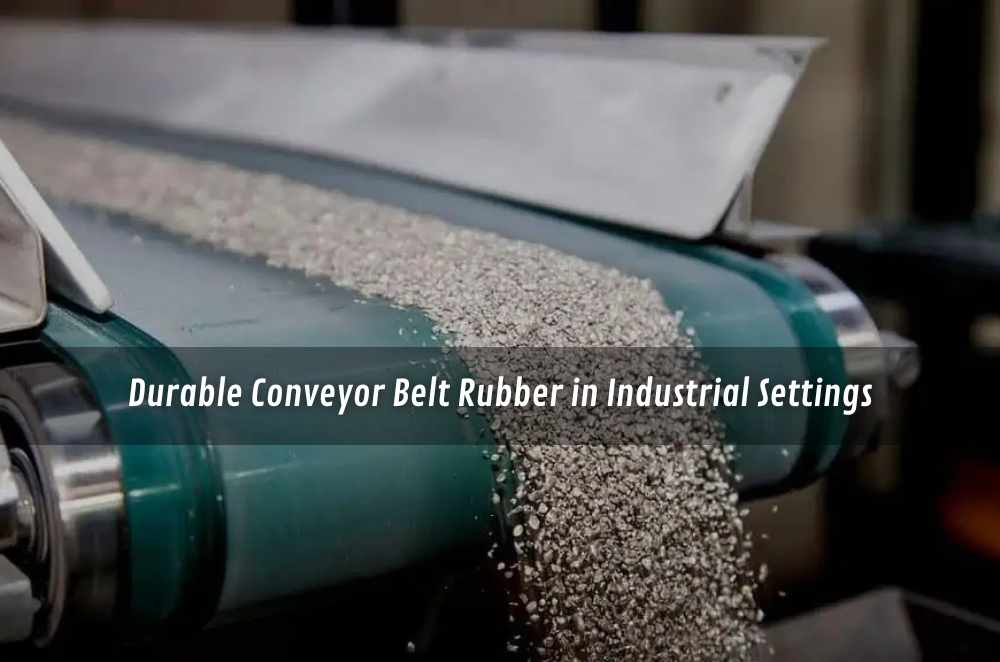
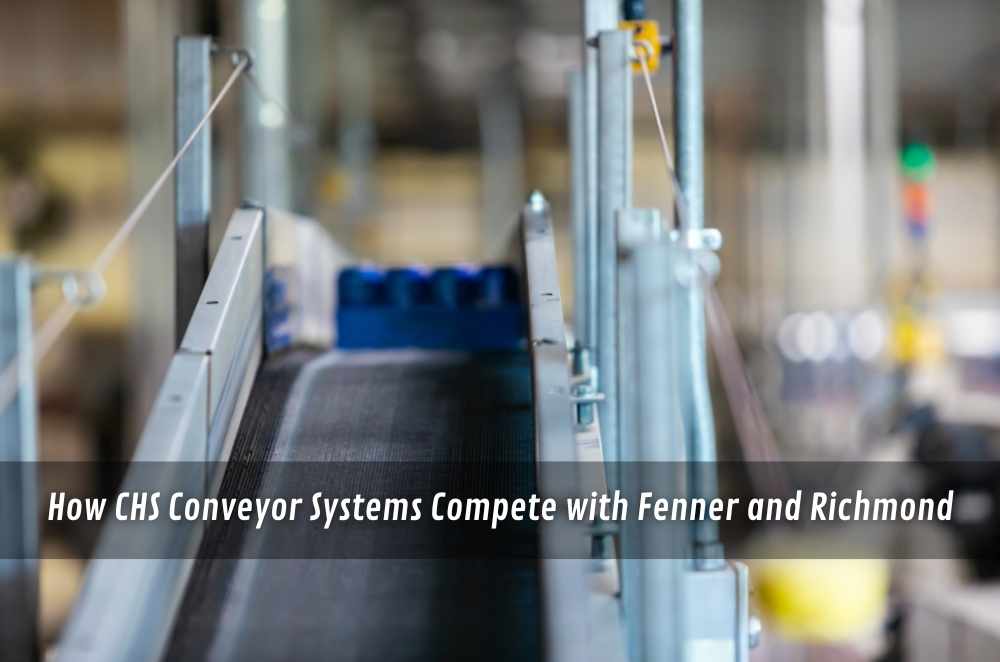
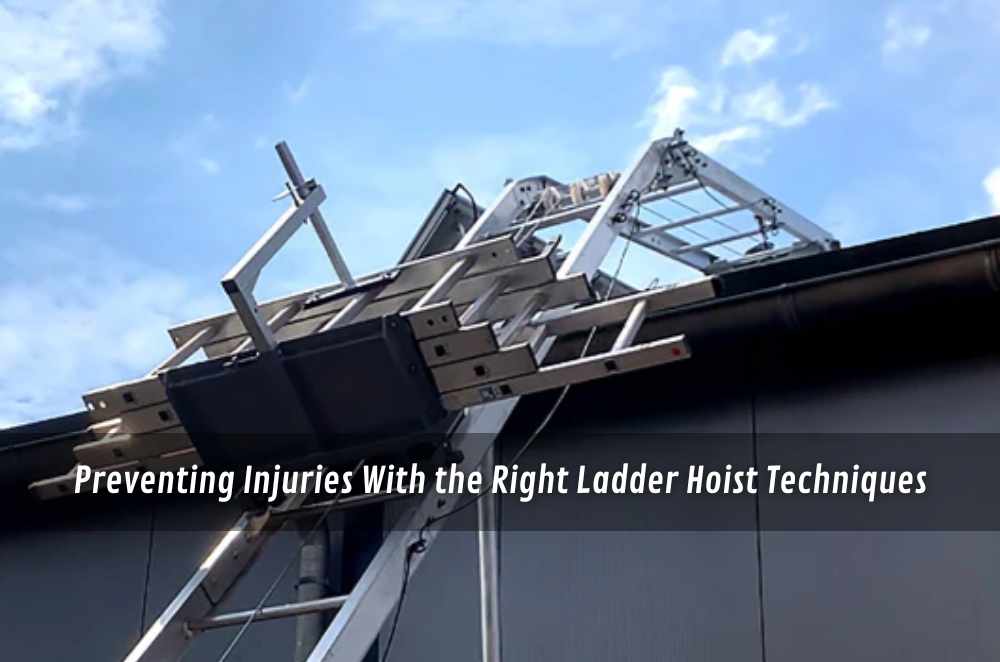
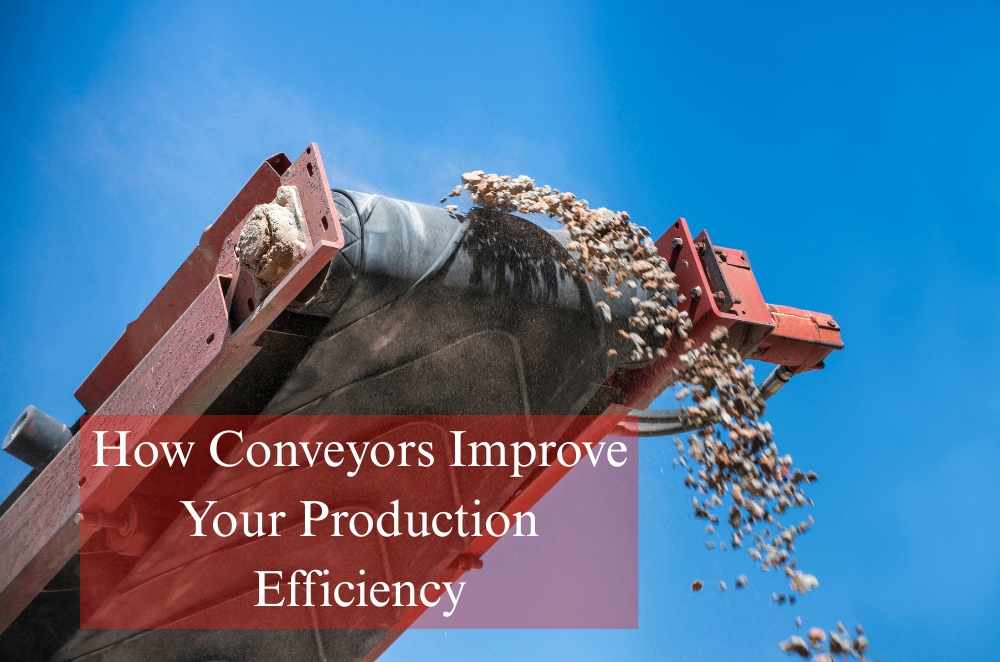
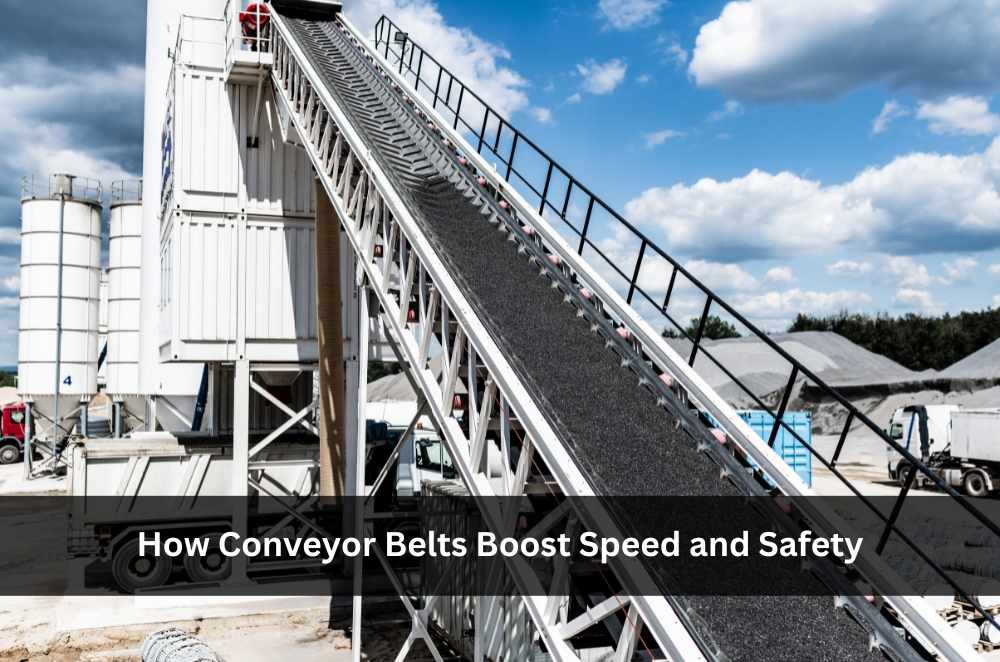
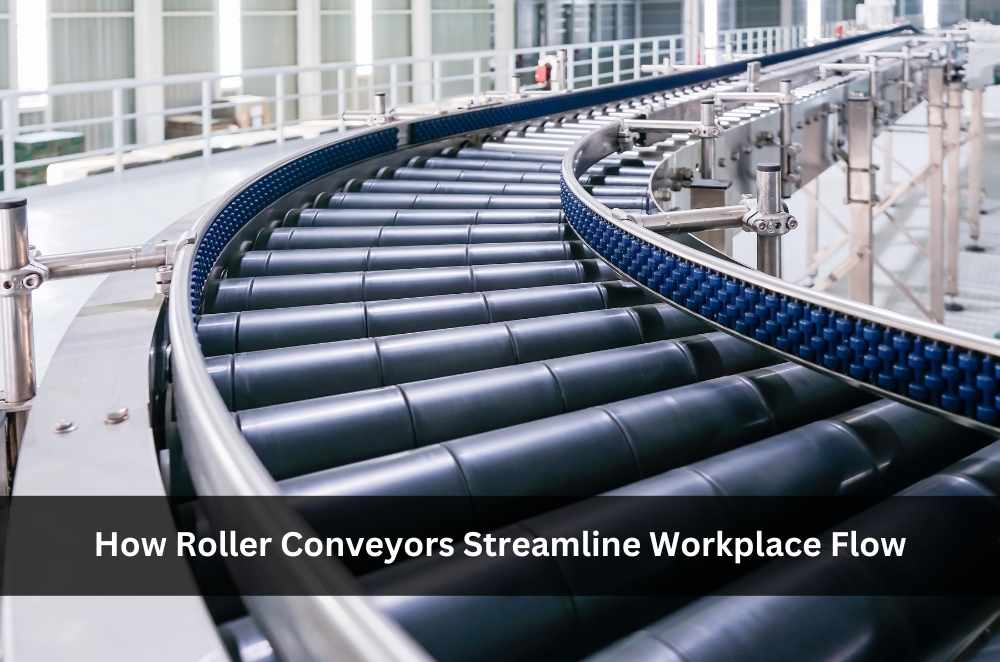
Write a comment ...